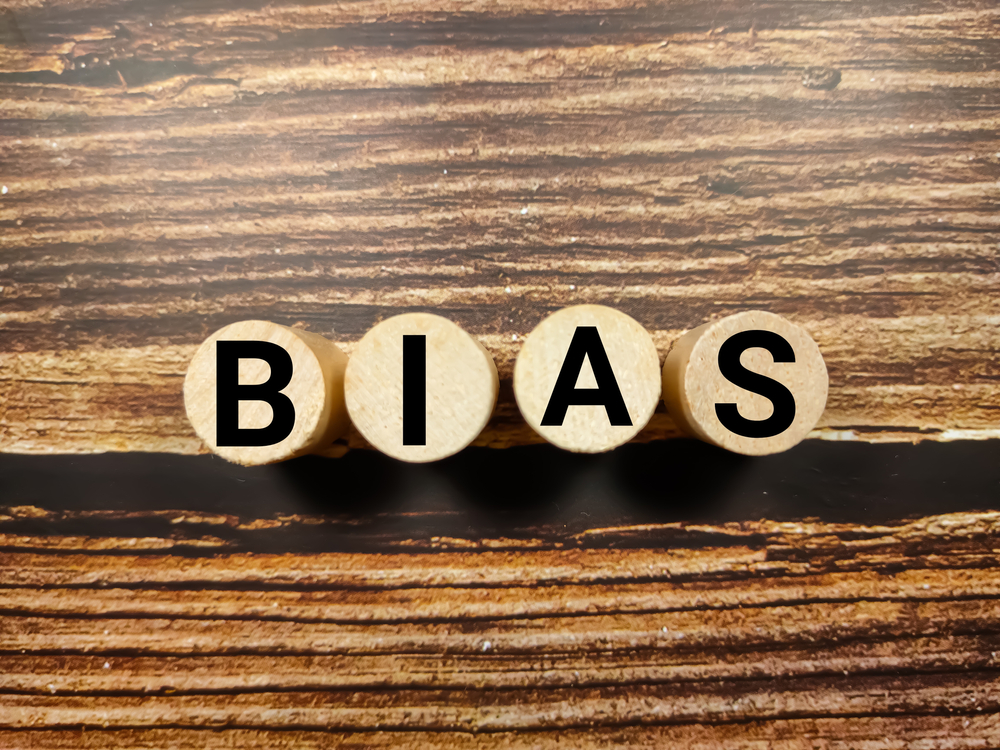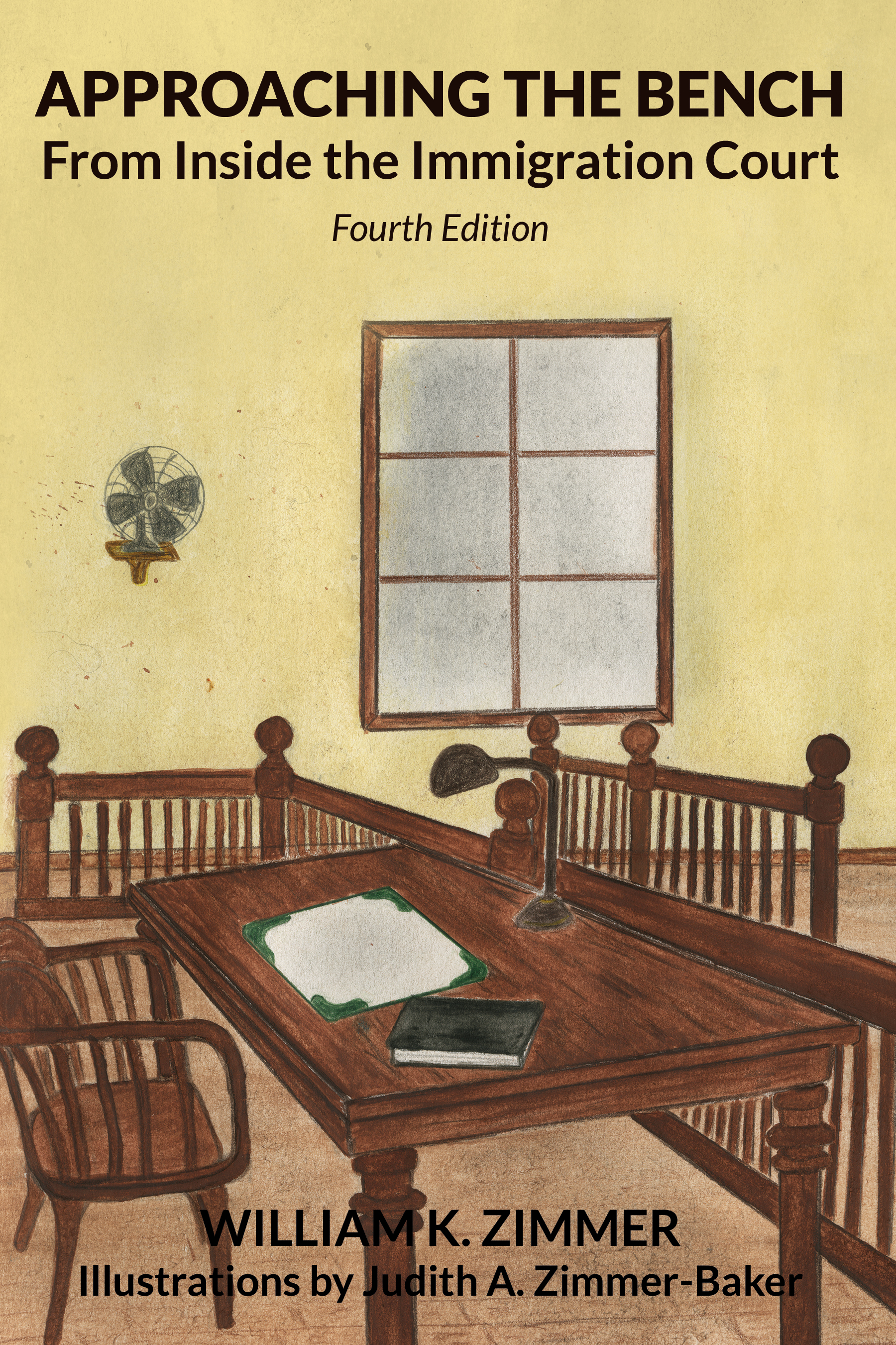Judicial Review of Bias

On December 17, 2021, the Fifth Circuit Court of Appeal determined that:
- an Immigration Judge’s purported facial expressions, lack of patience with counsel and appearance of incredulity do not prove bias;
- an Immigration Judge’s denial rate alone is insufficient to show bias;
- reliance on inter-proceeding evidence according to Matter of R-K-K-, 26 I&N Dec. 658 (BIA 2015) demands more than recalling an “emerging pattern” from unspecified prior matters by the Immigration Judge; and
- credibility determinations by an Immigration Judge that are supported by the record will be affirmed even if the appellate court would have reached a different conclusion.
The procedural history, facts of record, holding and rationale in Daljinder Singh v. Garland (December 17, 2021) No. 19-60937 are as follows:
Case History
The Immigration Judge denied the Petitioner’s claims for asylum, withholding of removal, and protection under the Convention Against Torture (“CAT”).
The Board of Immigration Appeals (“BIA”) affirmed the denial of the Petitioner’s applications.
The Petitioner then filed a petition for review of the BIA’s decision.
Facts
The Petitioner is a native and citizen of India who was apprehended while illegally crossing the United States border from Mexico on October 24, 2018.
In 2019, the Petitioner, in support of his relief applications presented evidence for the purpose of demonstrating political persecution in India, arising from his involvement in the Shiromani Akali Dal Armistar Mann Party (the “Mann party”).
In particular, according to the Petitioner: Members of an opposing political faction, the Bharatiya Janata Party (the “BJP”), twice assaulted him, leaving him hospitalized.
Police mocked the Petitioner’s attempt to report the first assault and threatened to file a false drug charge against him.
The Petitioner relocated briefly to his sister’s home outside his village before fleeing India for the United States.
Since his apprehension, the Petitioner’s father was attacked by BJP members in search of the Petitioner.
The Immigration Judge, noted that the facts alleged in the Petitioner’s evidence fit “an emerging pattern and eerie similarity” in claims by asylum applicants from India” since October of 2019.
The Immigration Judge also noted that the Petitioner’s medical certificate, allegedly corroborating his attack, is dated December 15, 2018, which is subsequent to his arrival in the United States in October 2018; and that the Petitioner had testified that his father and another individual took him to the hospital after an attack, but a letter from that individual says only the Petitioner’s father took him to the hospital.
Based on these observations, the Immigration Judge determined that the Petitioner was not credible, and alternatively had not proven eligibility for asylum, and denied his application.
The Petitioner’s attorney tried to explain why such similarities would arise in asylum cases involving Indians, but the Immigration Judge found the explanation insufficient.
Arguing that the Immigration Judge was biased and predisposed to deny his asylum application, the Petitioner appealed to the BIA and sought a remand to consider new evidence.
The BIA found substantial evidence supported the Immigration Judge’s conclusions, rejected the Petitioner’s due process claims, and denied the Petitioner’s motion to remand.
Held
Petition for Review DENIED
Rationale
The Petitioner launched a three pronged attack on the Immigration Judge’s adverse credibility determination:
- The Immigration Judge misapplied the BIA’s guidance for inter-proceeding evidence by failing to (1) give the applicant “meaningful notice of the [significant] similarities between the documents or other evidence under consideration,” (2) give the applicant “a reasonable opportunity to explain the similarities,” and (3) “consider the totality of the circumstances in making a credibility determination.” See Matter of R-K-K-, 26 I&N Dec. 658, at 661–62 (BIA 2015).
- His due process rights were violated by the Immigration Judge’s bias:
- During the hearing the Immigration Judge “smirked and literally rolled her eyes in disbelief” at counsel’s comparison of the Petitioner to a similar applicant who received asylum.
- The Immigration Judge has a near 100% denial rate in asylum cases.
The Fifth Circuit Court of Appeal reasoned as follows:
Inter-Proceedings Similarities
Reliance on inter-proceeding evidence consistent with Matter of R-K-K- demands more than recalling an “emerging pattern” from unspecified prior matters which does not give an asylum applicant “meaningful” notice or a “reasonable” chance to rebut the implication that the applicant’s claims have been cut-and-pasted from someone else’s affidavit.
It would not have been difficult for the Immigration Judge to point to specific prior cases where the claims were virtually identical to the Petitioner’s. See, for example, Wang v. Lynch, 824 F.3d 587, at 591 (6th Cir. 2016) (noting “the similar applications were [both] in the record”); Dehonzai v. Holder, 650 F.3d 1, at 8 (1st Cir. 2011) (providing copies of Amnesty International report with language virtually identical to the applicant’s description of his mistreatment); Mei Chai Ye v. U.S. Dep’t of Justice, 489 F.3d 517, at 525 (2d Cir. 2007) (notifying applicant of similarities to another application and providing her with annotated copies).
Therefore, "[i]f the IJ’s credibility finding turned on nothing more than “eerie similarities” from nameless prior cases, Singh’s due process claim might have purchase under Matter of R-K-K-." Daljinder Singh v. Garland, at 5 (December 17, 2021) No. 19-60937.
Inconsistencies
The Immigration Judge’s adverse credibility finding was supported by substantial evidence from the record of proceedings:
- The Petitioner’s medical certificate, allegedly corroborating his attack, is dated December 15, 2018, which is subsequent to his arrival in the United States in October 2018.
- The Petitioner had testified that his father and another individual took him to the hospital after an attack, but a letter from that individual says only the Petitioner’s father took him to the hospital.
Although the Petitioner tried to explain these inconsistencies by pointing out that they were just “a minor omission” and a “misunderstanding” clarified by testimony, he fails to show why the record “compels” the conclusion that the Immigration Judge should have found him credible. Iruegas-Valdez v. Yates, 846 F.3d 806, at 810; see also Mwembie v. Gonzales, 443 F.3d 405, at 410 (5th Cir. 2006) (“[W]here the [IJ’s] credibility determinations are supported by the record, we will affirm them even if we may have reached a different conclusion . . . .”).
Thus, the Immigration Judge’s adverse credibility determination is supported by substantial evidence quite apart from the inter-proceeding evidence and will not be disturbed.
BIAS
Even if the Petitioner’s accusations are true, the Immigration Judge’s purported facial expressions, lack of patience with counsel, and appearance of incredulity do not prove bias. See Wang v. Lynch, 569 F.3d at 540 (recognizing “displays of temper” like “expressions of impatience, dissatisfaction, annoyance and even anger” are not evidence of bias (quoting Liteky v. United States, 510 U.S. 540, at 555 (1994)).
Also, incorrect legal conclusions on the part of a judge cannot serve as evidence of partiality. Wang v. Lynch, at 540 (recognizing that “opinions formed by the judge . . . do not constitute a basis for bias . . . unless they display a deep-seated favoritism or antagonism that would make fair judgment impossible” (quoting Liteky, 510 U.S. at 555)).
With regard to the Immigration Judge’s “denial rate” in asylum cases, an asylum applicant may attempt to show an Immigration Judge’s “personal, rather than judicial, bias stemming from an ‘extrajudicial’ source” by citing the Immigration Judge’s specific statements in a current or past asylum proceeding. Matter of Exame, 18 I&N Dec. 303, at 306 (BIA 1982); see also Wang v. Lynch, 569 F.3d at 540 (an IJ’s “[r]emarks” may support a bias finding “if they reveal such a high degree of favoritism or antagonism as to make fair judgment impossible”) (quoting Liteky, 510 U.S. at 555–56). The remedy in such situations is a motion to disqualify the Immigration Judge under 8 C.F.R. § 1240.1(b). See 28 U.S.C. § 455.
The Petitioner conceded, however, that he did not seek to disqualify the Immigration Judge, but simply argued that the Immigration Judge’s nearly 100% denial rate over approximately nine years must be interpreted as a predisposition to deny the Petitioner’s asylum claim as well as all other asylum claims.
An Immigration Judge’s “denial rate” is no more than a crude summation of the Immigration Judge’s prior rulings and cannot of itself show bias in a particular case. See, e.g., Axmed v. U.S. Att’y Gen., 145 F. App’x 669, 674 (11th Cir. 2005) (summarily rejecting argument that bias was proved because “this particular IJ has the lowest rate of asylum grants in the country”).
Therefore, the Fifth Circuit Court of Appeal declined the Petitioner’s invitation to step outside of current precedent case law.
Ultimately, the Fifth Circuit Court of Appeal found no reason to disturb the BIA’s rejection of the Petitioner’s due process claim.
Abuse of Discretion
The Fifth Circuit Court of Appeal determined that the BIA had considered the Petitioner’s newly proffered evidence in support of his asylum claim and correctly found that it had no bearing on the inconsistencies in the Petitioner’s testimony that supported the Immigration Judge’s adverse credibility determination.
Therefore, according to the Fifth Circuit Court of Appeal, the Petitioner failed to explain how the BIA’s denial of his motion to remand the record of proceedings back to the Immigration Judge to consider such new evidence was an abuse of discretion.
Commentary
In October 1787, after pointing out obvious circumstances impacting the personal interests of delegates in every State that might influence them to oppose the newly proposed United States Constitution, Alexander Hamilton declined to attribute sinister or dishonorable motives to anti-federalists:
So numerous indeed and so powerful are the causes which serve to give a false bias to the judgement, that we, upon many occasions, see wise and good men on the wrong as well as on the right side of questions of the first magnitude to society. This circumstance, if duly attended to, would furnish a lesson of moderation to those who are ever so much persuaded of their being in the right in any controversy. And a further reason for caution, in this respect, might be drawn from the reflection that we are not always sure that those who advocate the truth are influenced by purer principles than their antagonists.
The Federalist Papers, No. 1
Alexander Hamilton was engaged in the controversial and prodigious experiment of establishing a new system of a confederated republican government that dwarfs the controversies in which most people voluntarily or otherwise become involved.
Focusing on governing principles that must universally apply outside the circumstances of any one specific controversy approximates the cautious approach of the Fifth Circuit Court of Appeal and other appellate courts regarding the recognition of bias on the part of Immigration Judges.
In Daljinder Singh v. Garland (December 17, 2021) No. 19-60937, the Fifth Circuit Court of Appeal took pains to point out that an asylum applicant may attempt to show an Immigration Judge’s “personal, rather than judicial, bias stemming from an ‘extrajudicial’ source” by citing the Immigration Judge’s specific statements in a current or past asylum proceeding; citing Matter of Exame, 18 I&N Dec. 303, at 306 (BIA 1982).
According to the BIA, an “extrajudicial source,” means “some basis other than what the immigration judge learned from his participation in the case.” Also, an exception to the general rule that bias must stem from an “extrajudicial” source might arise where "such pervasive bias and prejudice is shown by otherwise judicial conduct as would constitute bias against a party." Matter of Exame, at 306 (quoting Davis v. Board of School Commissioners, 517 F.2d 1044, at 1051 (5th Cir. 1975); cert denied, 425 U.S. 944 (1976).
Consequently, it is difficult but not impossible to establish bias.
One way to preserve this issue in the record of proceedings is to file a motion for disqualification or recusal of the Immigration Judge under 8 C.F.R. § 1240.1(b). The Fifth Circuit Court of Appeal, in Daljinder Singh v. Garland, at 6, 7, noted that the Petitioner had not filed a motion to disqualify the Immigration Judge.
Although the standard for disqualification of an Immigration Judge in 8 C.F.R. § 1240.1(b) is vague, filing a motion for disqualification or recusal is a way of adding evidence supporting the motion to the record for review by the BIA as well as judicial review. The more detailed criteria set forth in 28 U.S.C. § 455, entitled “Disqualification of justice, judge, or magistrate judge,” might provide a guideline for framing the motion.
On July 12, 2021, the Fifth Circuit Court of Appeal published a decision relating to the same Petitioner granting a stay based on failure of the Immigration Judge to properly take the procedural steps required by the BIA in Matter of R-K-K-. See Daljinder Singh v. Merrick Garland (5th Cir. July 12, 2021) No. 19-60937. This decision is discussed in my July 26, 2021 post entitled Inter-Proceedings Similarities.
In the decision relating to the motion for stay, the Fifth Circuit Court of Appeal observed in particular that the Immigration Judge had denied relief to asylum seekers in 203 of the 204 cases she had presided over from 2014 to 2019; a denial rate of 99.5%. Daljinder Singh v. Merrick Garland, at 5 (5th Cir. July 12, 2021) No. 19-60937.
Without an actual count of asylum decisions issued by United States Circuit Courts of Appeal, it seems fair to guess that a majority of such appellate decisions favor the government. If this is true, and bias could be established based on denial rate alone, all of the United States Courts of Appeal might be labeled as biased against petitioners seeking review of asylum claims.
One of the reasons for high rates of asylum claim denials in general is that asylum law is drafted very narrowly.
Another explanation for disparate denial rates in the corps of Immigration Judges is that asylum cases are not evenly distributed. Immigration Judges presiding over dockets composed of detained individuals with criminal records will always have higher denial rates because of legislative bars to asylum based on criminal behavior and convictions.

